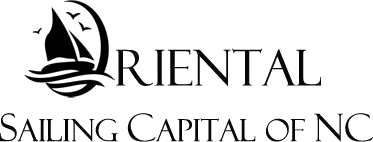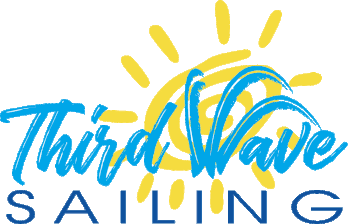|
The coming home must go well. Collisions at the dock are a good way to ruin an enjoyable day on the water. Poor docking will undo a positive day and turn a good boating experience sour. However, there is prevention. With some focus on a standardized routine and a little practice, docking can become a non-event in your boating day. Even though every docking event is different, a standardized routine will facilitate teamwork and a smooth arrival. Here’s the standardized routine I use when coaching:
The helmsperson must predict and anticipate how the wind and current will affect the boat. Step 1: Get the boat between the pilings. Step 2: Stop the boat. Step 3: Retrieve and secure the dock lines. The helmsperson should not help with the dock lines. The helmsperson must devote her/his entire attention to driving the boat. Until a spring line aft is secured to the boat, the driver is the human spring line and must keep the boat from drifting forward into any bulkhead. Additionally, I prefer the human with the less upper body strength to drive the boat. The strongest should work the lines. Driving is the easiest labor. The helmsperson is in charge of docking. Type “A” husbands, if you are going to direct the docking while working the lines, you might as well drive. Husbands, if your wife does not drive the boat well, there is a training issue aboard. So, read on. Returning is the opposite of departing. When returning to your slip, get the most upwind/up current line first. Yes, by-pass the easy dock lines. That’s what I’m saying. Don’t default to the easiest line first. Don’t always default to the spring line. The helmsperson is the spring line. Don’t drive the boat forward into a bulkhead, use reverse. Stop the boat in the slip. And, aim high. (old Air Force recruiting slogan) Favor the upwind side of the slip and get the most upwind line first. The most upwind line will hold the boat in the slip. It might be a bow line. It might be a stern line. Also, make sure the crew is in the proper place to retrieve the lines. If you’re backing in, the crew must be on the stern to get the bow lines. It sounds simple. But, I see this mistake often. So, after first retrieving the most upwind/up current line… Second, is the line that keeps the boat straight in the slip. Normally, this line is on the same side as the most upwind line. Two lines on your boat should keep the boat in place long enough to work the other lines. If the wind is 90 degrees off and blowing, you will come to rest against the pilings. There is no getting around it. Boating is not like parking a car. If the wind pushes you crooked, take a breath. No worries. Some docking is just ugly. You will straighten the boat with some patient effort. Get that second line and straighten the boat. Some docking “pre-effort” can help you succeed. First, the slip must be set up for success. I like the eye ends of the dock lines on the pier and bitter ends on the boat. This will put the excess line on the boat and might allow you to grab the lines early as the boat glides into the slip. A good example of this is spring lines. Leaving the slip, with the spring line stretched in the arrival direction, allows the crew to retrieve the spring line quickly, without the need for the boat to settle in the perfect position. Of course, the line must be marked in order to cleat it at the proper distance. I like a small piece of colored line woven into the jacket to mark the cleating distance. Dockmasters, on the other hand, like the eye ends on the boats so they can adjust the lines without boarding. I am mostly unsympathetic. How often do think dockmasters are adjusting lines? Discussion? Another measure to aid success is good positioning of the lines when you leave. Stretch the lines out in the direction of arrival. Don’t place them so they are difficult to retrieve. Do you have a long (the longest available) boat pole? Do you have two boat poles, one for each side of the boat/or crew member? Do your pilings need dock line hangers? Draping lines on top of pilings can be an exercise in frustration. So, in summary, set your slip up for success. After that, practice. Pilots practice touch and goes in order to get the landing right. Boating is no different. Muster some self discipline, dedicate some time, and practice going in and out of your slip. Practice will develop confidence, another valuable attribute. Nothing highlights lack of skill like docking. So, develop your skills by practicing and implementing standardized routines. When docking, we rarely rise to the occasion. But always sink to the level of our training. Practice directly translates to expertise. More on spring lines in the next blog. Fair Winds.
0 Comments
Leave a Reply. |
AuthorI coach people on the inner and outer art of sailing. Learn more about me at www.ThirdWaveSailing.com. Archives
August 2019
Categories |

 RSS Feed
RSS Feed

